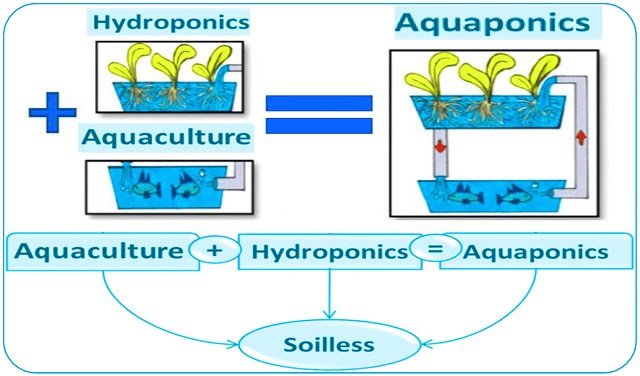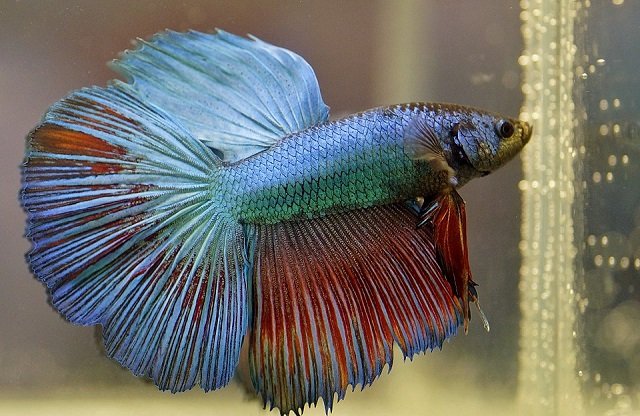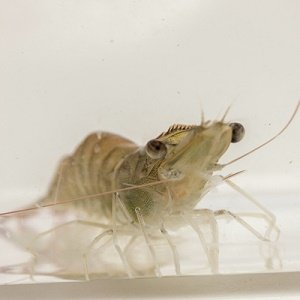
Biofloc Technology (BFT) has become established as an eco-friendly and sustainable alternative in aquaculture, especially in the farming of white shrimp, Penaeus vannamei. However, a key challenge in BFT systems is the potential decrease in water alkalinity, resulting from microbial activity and the production of organic acids. Maintaining appropriate alkalinity is crucial to stabilize pH, support essential biological processes such as molting and shrimp growth, and optimize the formation and activity of the biofloc.
A recent study published in Aquaculture Reports by scientists from National Chiayi University, Kaohsiung Medical University, and the Fisheries Research Institute evaluated the effect of different alkalinity sources on water quality, biofloc dynamics, and the productive performance of P. vannamei post-larvae over a 52-day period.
The Experiment: Comparing Alkalinity Sources
The researchers compared three alkalinity addition treatments with a control group (N) without any addition:
- Treatment C: Addition of Calcium Carbonate (CaCO₃) at 20 mg/L
- Treatment M: Addition of Magnesium Carbonate (MgCO₃) at 20 mg/L
- Treatment MC: Combination of 10 mg/L of CaCO₃ and 10 mg/L of MgCO₃
They used shrimp post-larvae (PL10) with an initial average weight of 0.044 g, stocked at a density of 150 shrimp per 200 liters. A C/N ratio of 15:1 was maintained through weekly molasses addition, and key water quality parameters and shrimp performance were monitored.
Influence on Biofloc and Water Quality
Biofloc Density
All treatments with added alkalinity showed trends of higher floc densities compared to the control. The MC treatment (CaCO₃/MgCO₃ mix) reached the highest floc density at the end of the study (10.3 mL/L), significantly higher than C and control N (8.3 and 7.3 mL/L respectively). Treatments M and MC appeared to favor greater biofloc density.
pH, Alkalinity, and Hardness
Alkalinity addition significantly increased pH compared to the control (average pH of 8.38–8.41 in treatments vs 8.35 in control). Treatment M maintained the highest average alkalinity levels (243 mg/L), significantly higher than the control (227 mg/L). All treatments (C, M, MC) significantly increased total water hardness compared to the control.
Nitrogenous Compounds
Although there were no significant differences in overall average concentrations of Total Ammonia Nitrogen (TAN) and Nitrite (NO₂) between groups, treatments M and MC showed lower TAN levels than the control on specific days and significantly higher Nitrate (NO₃) levels compared to C and the control. This suggests a potential improvement in the nitrification process (conversion of nitrite to nitrate) with MgCO₃. All TAN, NO₂, and NO₃ levels remained within safe ranges for P. vannamei culture.
Dissolved Oxygen (DO) and ORP
DO was slightly but significantly higher in the control than in treatments M and MC, likely due to greater oxygen demand by the higher microbial biomass (biofloc) in the alkalinity treatments. Oxidation-Reduction Potential (ORP) was significantly higher in the control, and among the treatments, C showed a higher ORP than M and MC, also reflecting heterotrophic activity. DO and ORP levels remained suitable for shrimp culture.
Stay Always Informed
Join our communities to instantly receive the most important news, reports, and analysis from the aquaculture industry.
Shrimp Performance
Weight Gain
Treatment C (CaCO₃) showed significantly greater weight gain (0.21 g) compared to the control (0.16 g). Although there were no significant differences between C, M, and MC, CaCO₃ appeared to be the most effective for promoting growth.
Feed Conversion Ratio (FCR)
Treatments C (1.27) and MC (1.29) had significantly better (lower) FCRs than the control (1.63). Treatment M (1.42) showed no significant difference compared to the other groups. A lower FCR indicates greater feed efficiency.
Survival
No significant differences in survival rates were observed among any of the groups, suggesting that conditions in all tanks, including the control, were within an acceptable range for survival during the study period.
Implications for Shrimp Farming in BFT
This study highlights the importance of actively managing alkalinity in BFT systems for P. vannamei. The results point to an interesting dichotomy:
- For Growth and Feed Efficiency: The addition of Calcium Carbonate (CaCO₃) seems to be the most beneficial option, resulting in higher weight gain and better FCR. Calcium is essential for key physiological processes such as molting in crustaceans.
- For Biofloc Density and Water Quality: The addition of Magnesium Carbonate (MgCO₃), either alone (M) or in combination with CaCO₃ (MC), tended to generate higher biofloc densities and showed signs of improving nitrification (higher NO₃ and lower ammonia levels at certain points).
Conclusion
In conclusion, while MgCO₃ (alone or in combination) may enhance biofloc formation and certain aspects of water quality, CaCO₃ proved to be more effective in directly improving shrimp growth and feed efficiency under the studied conditions.
The choice of alkalinity adjustment product (CaCO₃, MgCO₃, or mixtures) will depend on the producer’s specific goals and the initial water conditions. This study provides valuable insights for optimizing alkalinity management in BFT systems, aiming to balance water quality with the productive performance of Penaeus vannamei. However, further research is needed to explore these interactions over the long term.
Contact
Hong-Thih Lai
Department of Aquatic Biosciences, National Chiayi University
300 Syuefu Rd., Chiayi 60004, Taiwan
Email: htlai@mail.ncyu.edu.tw
Reference (open access)
Amjad, K., Dahms, H., Triawan, A., Lin, F., Wu, Y., & Lai, H. (2025). Impact of alkalinity treatments on biofloc dynamics and growth performance in Penaeus vannamei shrimp culture. Aquaculture Reports, 42, 102797. https://doi.org/10.1016/j.aqrep.2025.102797
Editor at the digital magazine AquaHoy. He holds a degree in Aquaculture Biology from the National University of Santa (UNS) and a Master’s degree in Science and Innovation Management from the Polytechnic University of Valencia, with postgraduate diplomas in Business Innovation and Innovation Management. He possesses extensive experience in the aquaculture and fisheries sector, having led the Fisheries Innovation Unit of the National Program for Innovation in Fisheries and Aquaculture (PNIPA). He has served as a senior consultant in technology watch, an innovation project formulator and advisor, and a lecturer at UNS. He is a member of the Peruvian College of Biologists and was recognized by the World Aquaculture Society (WAS) in 2016 for his contribution to aquaculture.




